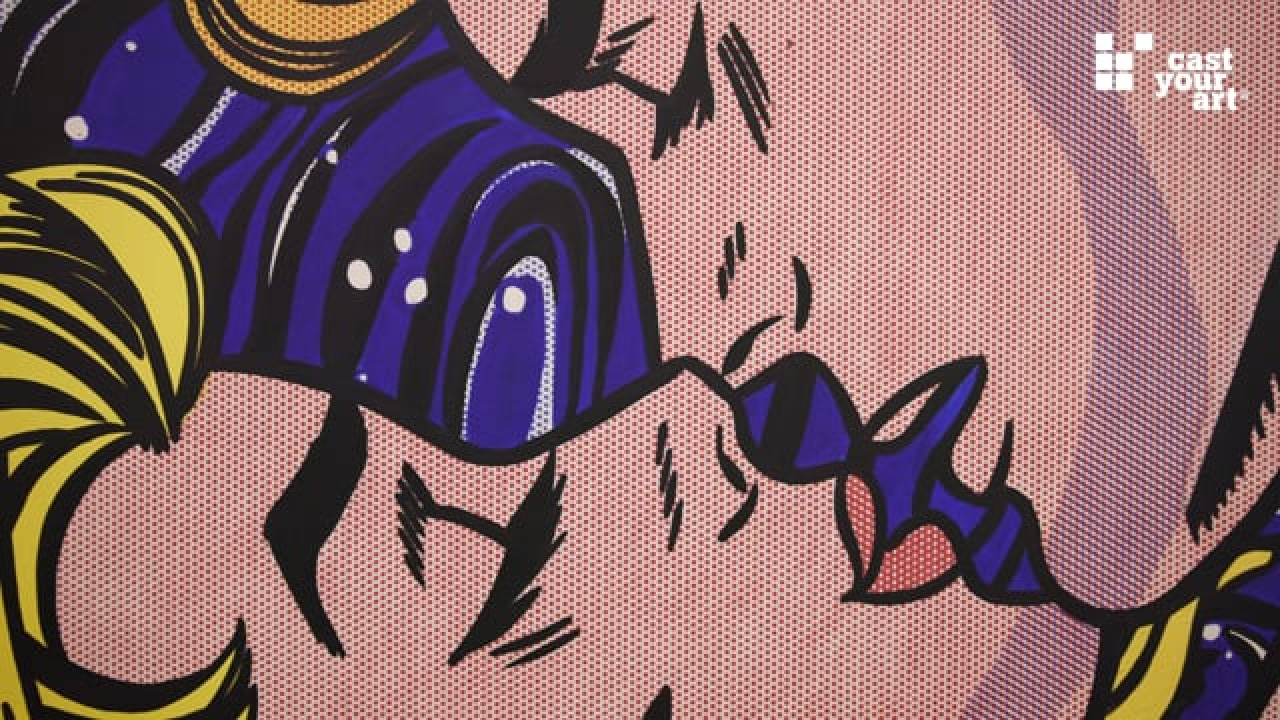Bernhard Buhmann - Characters, Roles, Spaces
In 2007, he was the winner of the Cologne Art Award, one year later, he is nominated for the Strabag Art Award in Vienna. Bernhard Buhmann was born in 1979 in Vorarlberg. He is young and talented. His works are developed in his studio, and he is still studying under the direction of Johanna Kandl at the University for Applied Art.
Artistically speaking, the painter is in an intermediary phase. When one’s own paintings have received such acknowledgments, there is the temptation to continue to reproduce that which has brought success. Although having financial security is certainly a relief, Buhmann has decided to move on to his next phase artistically.
For now, he is preparing for a new period of uncertainty. It is not only that his ability is being put to the test and that his pictures can no longer depend on previous expectations. It is also about the search itself to discover what his artistic work will bring to light. This search is not necessarily meant to be one that is seeking answers to clearly defined questions, on the contrary, it is meant to be an exercise in abstruseness, which only gradually reveals its themes and directions.
So what changes? Buhmann began with some portrait work. The painter shows subjects who seem to beholding themselves back from the viewer, sometimes amusing themselves with a Rubik’s cube, sometimes diverting their gaze, somehow determining the relational spaces for themselves. The spatial element is fundamentally social. Human behavior is of interest, which stems from a time before painting when Buhmann studied sociology.
In his new work, the spatial element is extended, into which the subjects recede as individuals. They then correspond instead to ideal types, become more formalised, the facial features are scaled down, they play out roles, ideal types, situations. And the area that the new work is covering not only concerns relations. The painter places his subjects in a surrealistic, stage-like setting made up of spaces, back spaces, temporarily-positioned walls. The spaces are not based on any typical models, according to Buhmann, and the dramaturgy and figures are not developed based on archetypes, instead they just emerge on the canvas. He refers to influences from everywhere, from everyday life as well as from the Renaissance and Baroque periods. But he is not reproducing. He is concerned with not letting the creative process take place in another medium, rather, letting the pictures develop in such a way that finds the strength of their own medium. (wh/jn)
Das könnte Sie auch interessieren

CHAOS - COSMOS. Die große Zaubershow. TOMAK im Interview
18. March 2019
ANDREAS WERNER. Winner of the main prize of STRABAG Artaward International 2022
25. October 2022
The Art of the Viennese Watercolor
20. February 2018
Mankind at the Donau Festival
21. May 2008
ROY LICHTENSTEIN. A Centennial Exhibition
27. March 2024
Johannes Deutsch - The Invisible Garden
8. July 2009
Masterworks of Architectural Drawing from the Albertina Museum
7. February 2018
